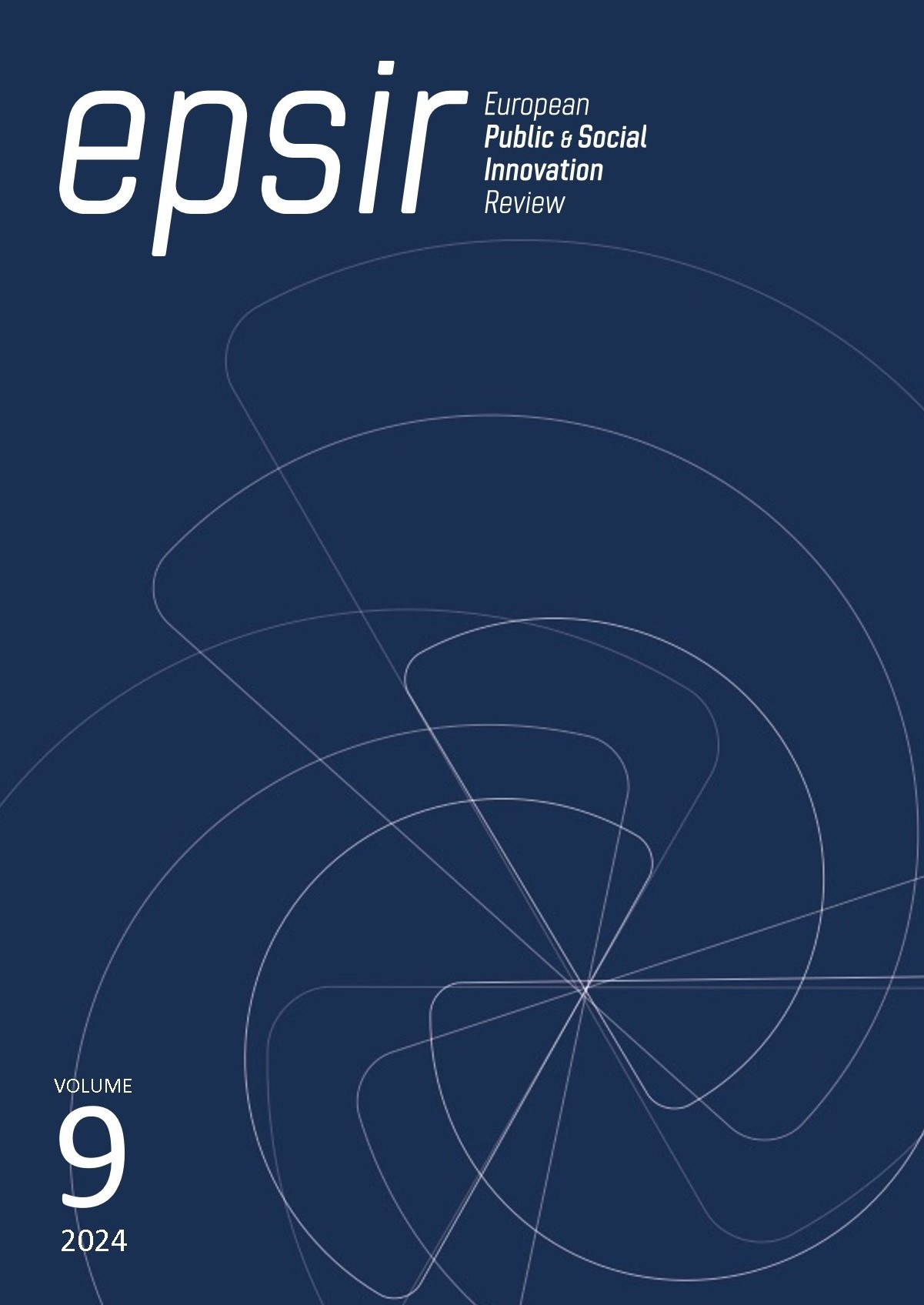The action oriented approach through a didactic experience of oralisation of written informative texts from the media
DOI:
https://doi.org/10.31637/epsir-2024-604Keywords:
communicative skills, orality, writing, mass-media, Information and Communication Technology (ICT), reading comprehension, oral expression, discursive genresAbstract
Introduction: This paper explains the genesis, development and compilation of the results of a didactic experience carried out as a teaching innovation project for the sole Spanish language subject in Advertising and Public Relations, a degree course at the University of Cadiz. Methodology: By working in pairs or in groups of three, a written source text (a news item from the written press) has been transformed into a written text but ready to be communicated orally. Results: It is an activity for the development and evaluation of students’ communicative competence in the Spanish language. It is either the linguistic elaboration and execution and video recording of a short series of television news, or the realization of an audiovisual interview and its conversion into a written one. Discussions: On the one hand, there has been oralization of a written text of an informative nature; on the other, there has been a transition from listening comprehension to written expression. Conclusions: The field of use of the language is that of the media. In both cases, news and prepared interview, a real communicative situation is staged in an audiovisual media that represents, in its first option, a situation of non-spontaneous speech.
Downloads
References
Anderson, J. R. (1983). The Architecture of Cognition. Harvard University Press.
Council of Europe (2001). Common European Framework of Reference for Languages: Learning, Teaching, Assessment. Cambridge University Press.
Grice, H. P. (1975). Logic and Conversation. In P. Cole & J. L. Morgan (Eds.), Syntax and Semantic. Speech Acts (pp. 41-58). Academic Press. DOI: https://doi.org/10.1163/9789004368811_003
Hernández Martín, A., & Quintero Gallego, A. (2001). Comprensión y composición escrita. Estrategias de aprendizaje. Síntesis.
Instituto Cervantes (2006). Plan curricular del Instituto Cervantes. Niveles de referencia para el español. 7. Géneros discursivos y productos textuales. Recovered from http://bit.ly/3Lgy3B9
Luque, S., & Alcoba, S. (1999). Comunicación oral y oralización. In S. Alcoba (Coord.) La oralización (pp. 15-44). Editorial Ariel.
Spanish Ministry of Education, Culture and Sports (2002). Marco común europeo de referencia para las lenguas: aprendizaje, enseñanza, evaluación. MECD, Anaya. Recovered from http://cvc.cervantes.es/ensenanza/biblioteca_ele/marco.
Rumelhart, D. E. (1977). Towards an Interactive Model of Reading. In S. Dornic (Ed.), Attention and Performance IV (pp. 573-603). Lawrence Erlbaum. DOI: https://doi.org/10.4324/9781003309734-31
Van Dijk, T. A., & Kintsch, W. (1987). Strategies of Discourse Comprehension. Academic Press.
Downloads
Published
How to Cite
Issue
Section
License
Copyright (c) 2024 F. Javier de Cos Ruiz

This work is licensed under a Creative Commons Attribution-NonCommercial-NoDerivatives 4.0 International License.
Authors who publish with this journal agree to the following terms:- Authors retain copyright and grant the journal right of first publication with the work simultaneously licensed under Creative Commons Non Commercial, No Derivatives Attribution 4.0. International (CC BY-NC-ND 4.0.), that allows others to share the work with an acknowledgement of the work's authorship and initial publication in this journal.
- Authors are able to enter into separate, additional contractual arrangements for the non-exclusive distribution of the journal's published version of the work (e.g., post it to an institutional repository or publish it in a book), with an acknowledgement of its initial publication in this journal.
- Authors are permitted and encouraged to post their work online (e.g., in institutional repositories or on their website) prior to and during the submission process, as it can lead to productive exchanges, as well as earlier and greater citation of published work (See The Effect of Open Access).




